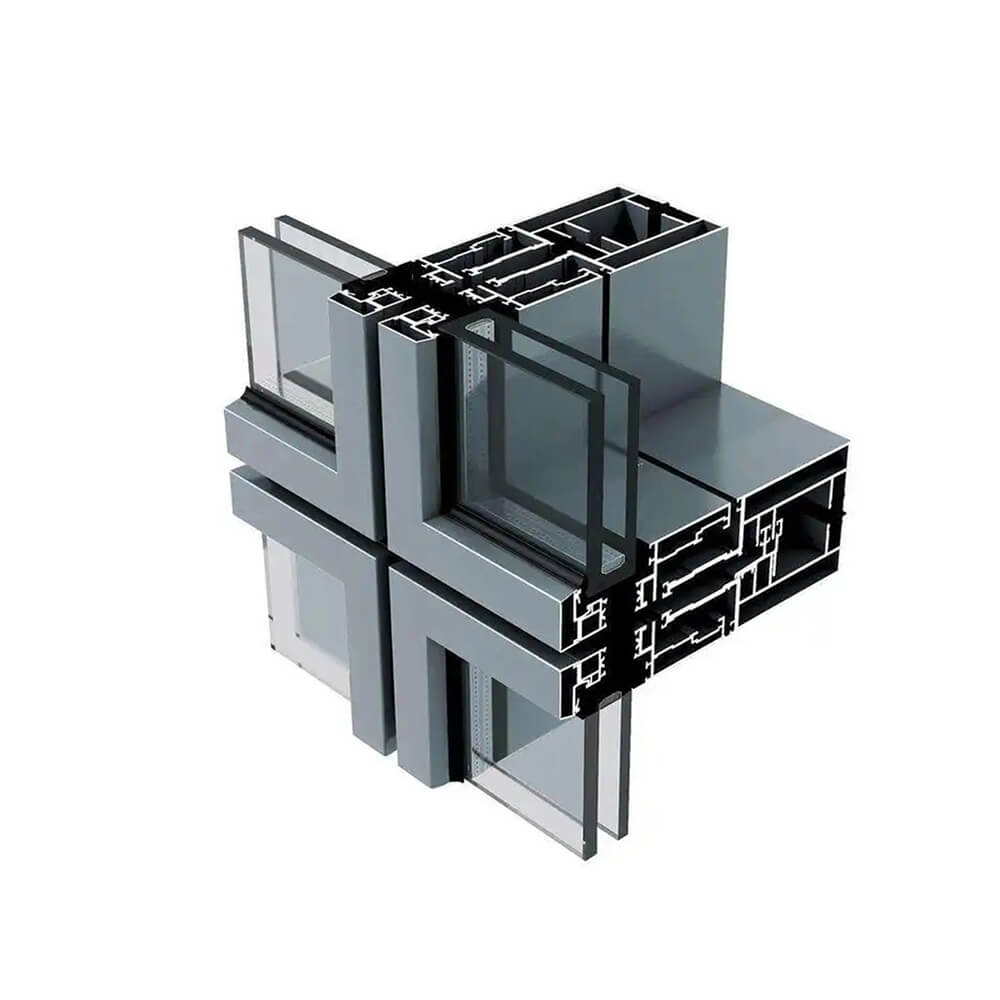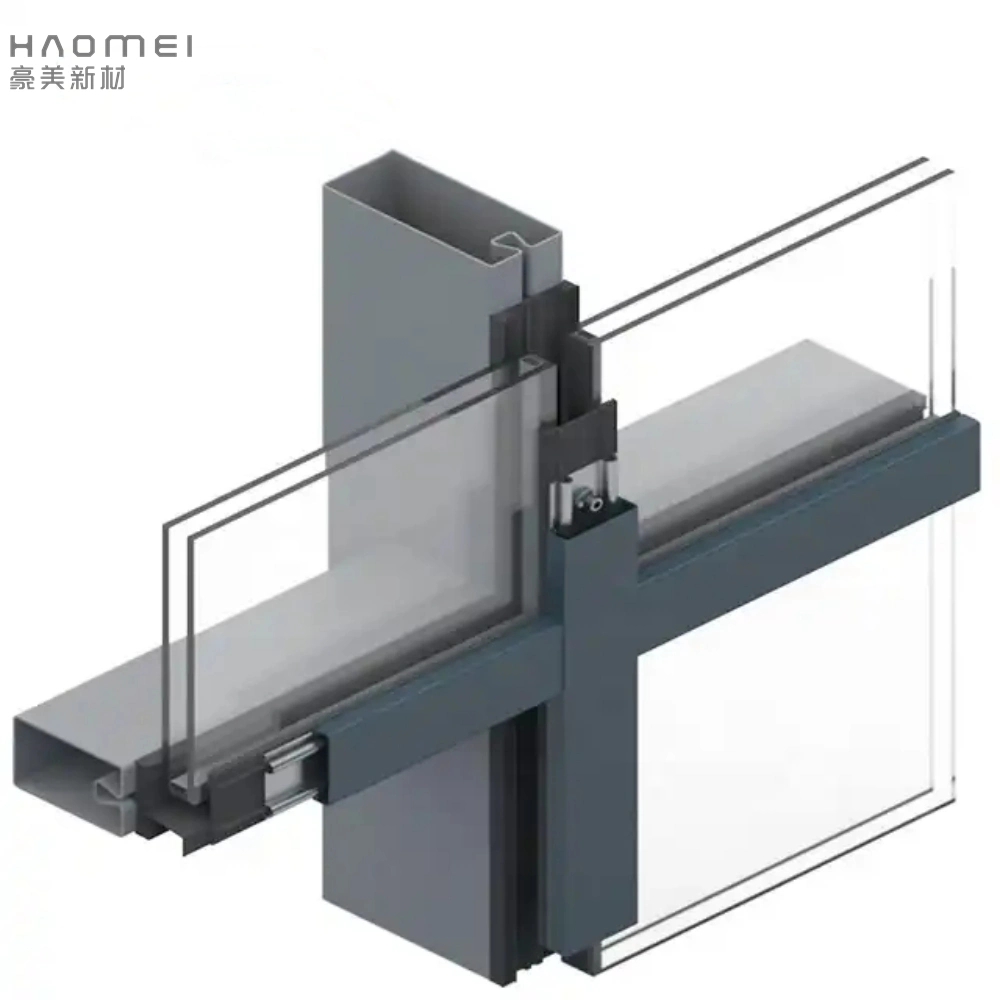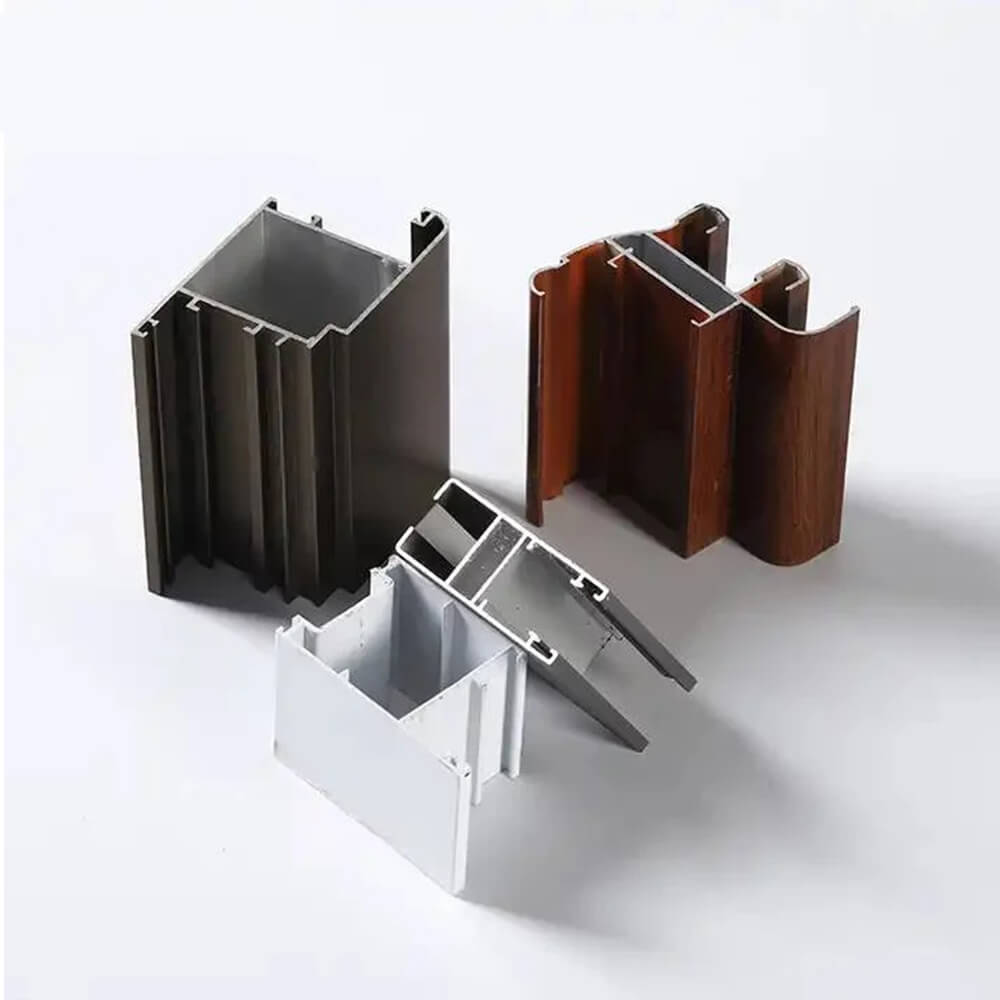Aluminium curtain wall profiles play a crucial role in modern building design, offering a blend of functionality, strength, and visual appeal. These profiles, carefully engineered and manufactured, provide the framework for curtain walls, which are non-structural outer coverings that protect buildings from the elements while enhancing their appearance. By understanding the advantages and applications of aluminium curtain wall profiles and sections, architects, engineers, and construction professionals can make informed decisions that elevate both the structural performance and aesthetic appeal of their projects.
Superior Strength and Durability
Aluminium curtain wall sections are designed to support large glass panels, withstand environmental pressures, and maintain long-term structural stability. Aluminium’s inherent strength-to-weight ratio allows for large spans of glass without requiring bulky support structures, which is essential for modern façades that prioritize openness and natural light.
In addition, aluminium resists corrosion, rust, and deformation, making it suitable for buildings exposed to harsh weather conditions, including high humidity, rain, or salty air in coastal areas. High-quality curtain wall profiles undergo surface treatments such as anodizing, powder coating, or fluorocarbon coating, which not only enhance durability but also maintain a pristine appearance over decades of use.
Design Flexibility and Aesthetic Appeal
Aluminium curtain wall profiles provide architects with significant design flexibility. Profiles can be customized in various shapes, sizes, and finishes to align with the design vision of a project. For instance, sleek minimalist profiles support contemporary glass façades, while more robust sections can complement traditional or corporate building aesthetics.
These profiles can also accommodate a range of glass types, from tinted and reflective glass to energy-efficient double glazing. This versatility allows buildings to achieve specific visual effects, improve natural lighting, and contribute to energy conservation strategies. By selecting the right aluminium curtain wall sections, designers can create façades that are not only visually striking but also harmonize with the surrounding environment.
Aluminum Profiles for Curtain Wall
Energy Efficiency and Environmental Benefits
Aluminium curtain wall systems can significantly contribute to a building’s energy efficiency. Modern profiles are often designed with thermal breaks and insulating materials, reducing heat transfer and minimizing energy consumption for heating or cooling. This improves indoor comfort while lowering operational costs.
Furthermore, aluminium is a highly sustainable material. It is 100% recyclable without losing its structural integrity, which makes curtain wall systems an environmentally responsible choice for eco-conscious projects. Incorporating aluminium curtain wall profiles supports green building certifications and demonstrates a commitment to sustainable construction practices.
Ease of Installation and Maintenance
Aluminium curtain wall sections are prefabricated to precise specifications, allowing for faster and more efficient installation on-site. Modular systems simplify assembly, reduce labor costs, and minimize the likelihood of errors during construction.
Maintenance is equally straightforward. Aluminium’s resistance to corrosion and wear ensures that curtain wall façades retain their appearance and performance with minimal upkeep. Routine cleaning and occasional inspections are usually sufficient to keep the system functioning effectively for decades.
Safety and Structural Performance
While curtain walls are non-structural, their profiles play a critical role in ensuring safety and stability. Aluminium curtain wall profiles are engineered to resist wind loads, seismic activity, and other external forces, preventing panel deformation or detachment. Many systems are tested to meet international safety standards, providing reassurance for high-rise buildings and commercial complexes.
Additionally, aluminium profiles allow for secure integration of glazing, shading devices, and other façade elements, enhancing overall building performance. Advanced designs may also include drainage systems and gaskets to prevent water infiltration and maintain a comfortable indoor environment.
aluminium curtain wall section
Applications in Commercial and High-Rise Buildings
Aluminium curtain wall profiles are widely used in commercial projects, including office towers, shopping malls, hotels, and hospitals. Their lightweight yet strong characteristics make them ideal for high-rise construction, where weight reduction without compromising structural integrity is critical.
The profiles are also versatile enough to accommodate various architectural styles and requirements, from large transparent glass façades to segmented window layouts. By carefully selecting aluminium curtain wall sections, developers can achieve a balance between structural demands and aesthetic goals, creating buildings that are visually impressive, safe, and energy-efficient.
Conclusion
Aluminium curtain wall profiles and sections combine durability, design flexibility, energy efficiency, and ease of maintenance, making them an essential component in modern architecture. Their ability to support large glass façades while enhancing building aesthetics, sustainability, and safety makes them highly valuable for commercial and high-rise projects.
Hao Mei, as a professional aluminium profile manufacturer, offers a wide range of aluminium curtain wall profiles and sections designed to meet diverse architectural needs. Their precision-engineered products ensure both visual appeal and structural performance, providing reliable solutions for businesses and commercial construction projects. To explore Hao Mei’s aluminium curtain wall solutions, visit Hao Mei Aluminium Profiles.



